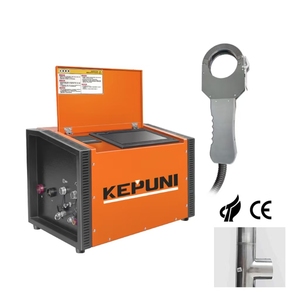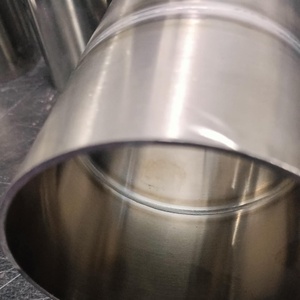Introduction to SS Arc Welding
SS arc welding, or stainless steel arc welding, is a versatile and widely employed welding technique characterized by its use of an electric arc to melt and join stainless steel components. Renowned for its strength, durability, and resistance to corrosion, this method is essential in various industrial applications, ranging from construction to automotive manufacturing. By leveraging an electric current, it generates a concentrated heat that allows for the efficient fusion of materials, promising strong and long-lasting welds.
Types of SS Arc Welding
Understanding the different types of SS arc welding can enhance efficiency and effectiveness in various applications. Here are the primary methods:
- Shielded Metal Arc Welding (SMAW): Also known as stick welding, involves a consumable electrode coated in flux, protecting the weld area from contamination.
- Gas Metal Arc Welding (GMAW): Often referred to as MIG welding, this approach utilizes a continuous wire feed as an electrode and an inert gas shield to protect the weld.
- Tungsten Inert Gas Welding (TIG): This method employs a non-consumable tungsten electrode, providing precise control over the weld bead and is ideal for thin materials.
- Submerged Arc Welding (SAW): Involves the formation of an arc between a continuously fed electrode and the workpiece, submerged beneath a blanket of granular fusible flux.
Functions, Features, and Design of SS Arc Welding
The functionalities and features inherent in SS arc welding methods are crucial for achieving superior weld quality. Key aspects include:
- Heat Control: The ability to precisely control the heat input minimizes warping and distortion in stainless steel components.
- Electrode Choice: A variety of electrode materials can be utilized, depending on the specific stainless steel grade and desired weld characteristics.
- Flux Protection: The use of flux in various methods creates a shielding atmosphere, mitigating contamination chances during welding.
- Portability: Many SS arc welding equipment options are lightweight and easy to transport, making them practical for onsite applications.
- Versatility: Suitable for both thick and thin materials, various techniques can accommodate numerous stainless steel grades.
Applications of SS Arc Welding
SS arc welding finds applications across multiple industries due to its reliability and effectiveness. Notable uses include:
- Construction: Employed extensively for joining structural components, ensuring safety and stability in buildings and bridges.
- Automotive Industry: Used for assembling parts of vehicles, particularly those requiring high corrosion resistance.
- Fabrication Shops: Facilitates the manufacturing of custom pieces, enhancing the production of intricate designs.
- Marine Applications: Perfect for shipbuilding, where resistance to saltwater corrosion is critical.
- Food and Beverage Industry: Provides clean and contamination-free joint formation, making it ideal for food processing equipment.
Advantages of SS Arc Welding
SS arc welding presents numerous advantages that make it a preferred choice in various sectors:
- Strength and Durability: Creates strong joints that can withstand high pressure and stress, increasing product lifespan.
- Corrosion Resistance: Stainless steel's inherent properties are preserved, making welded areas resistant to rust and wear over time.
- Cost-Effectiveness: High productivity rates lower overall project costs, while the longevity of welds contributes to reduced maintenance expenses.
- Minimal Cleanup: Compared to other welding techniques, SS arc welding often requires less cleanup and finishing work due to fewer contaminants.
- Adaptability: Various methods can be chosen based on specific needs, allowing greater flexibility in project execution.
















































